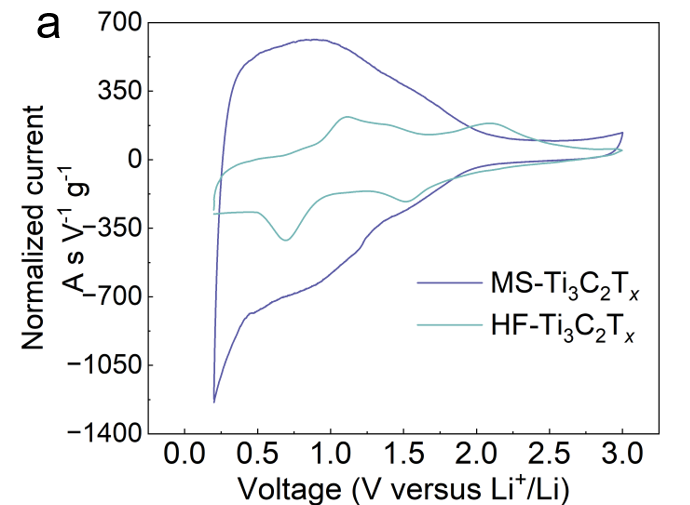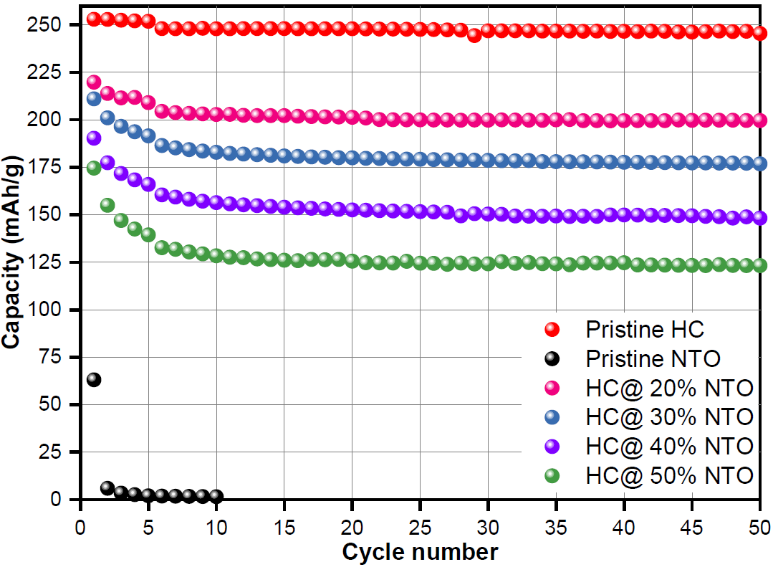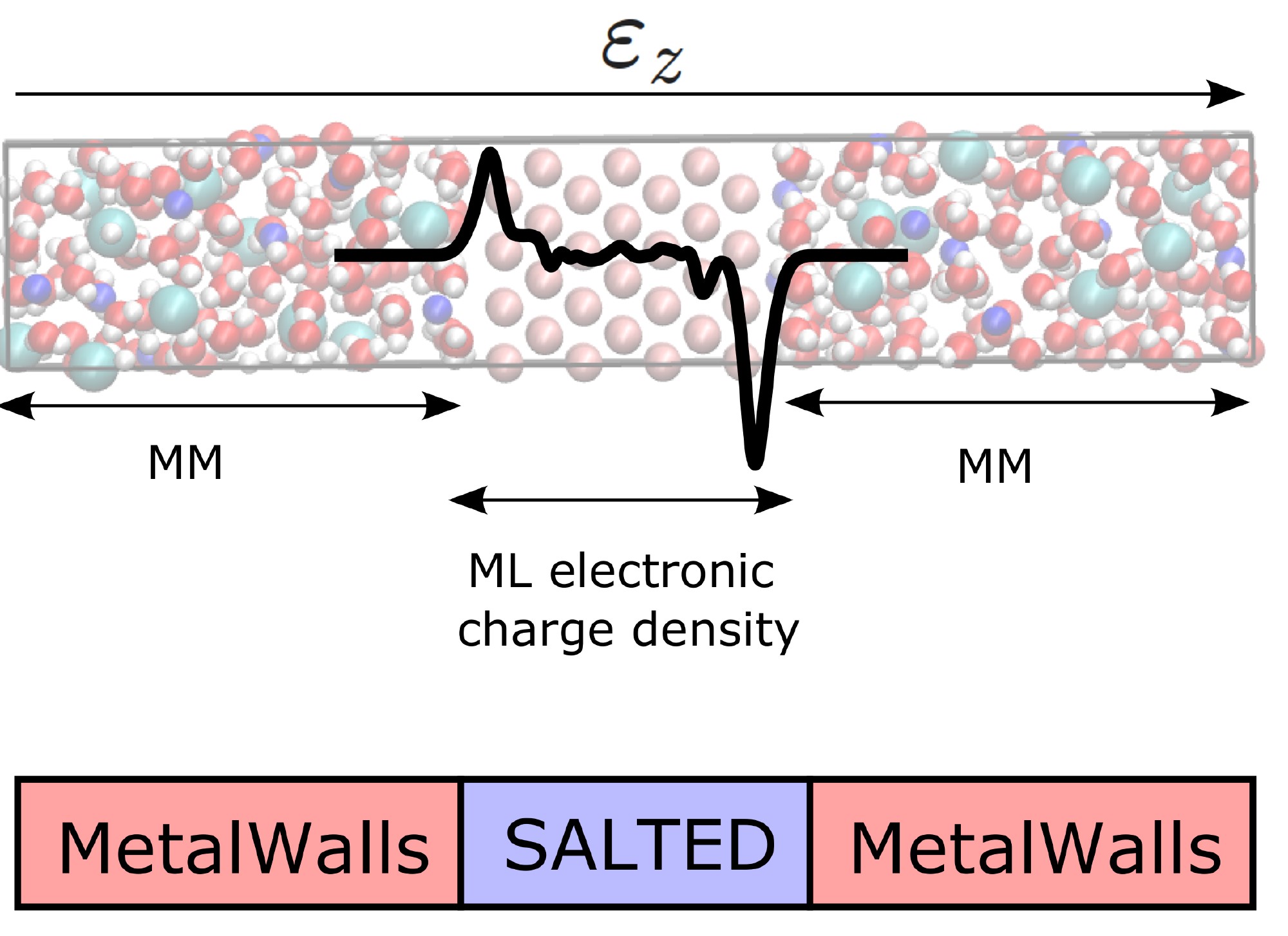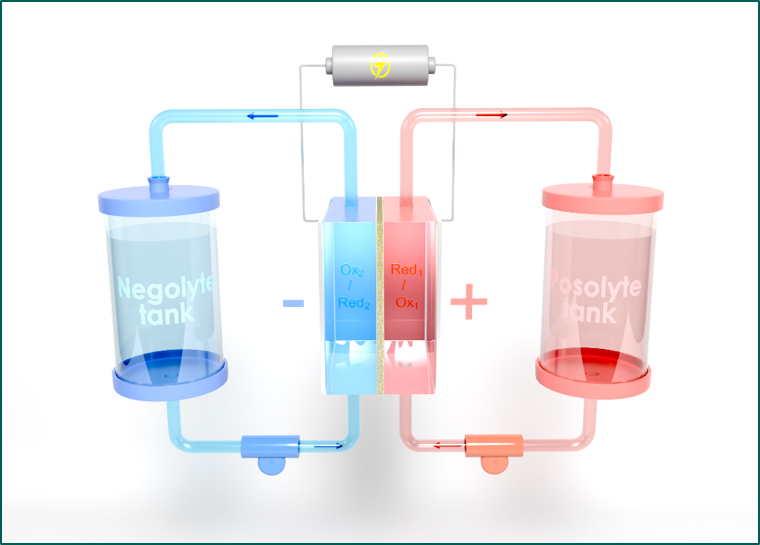
Synthesis and electrochemical characterization of new materials for high-power batteries

March 17, 2025

The HIPOHYBAT project presents initial electrochemical characterization results of new materials for high-power batteries.
Thierry BROUSSE (IMN) and Patrick ROZIER (CIRIMAT)
The HIPOHYBAT project targets the development of accumulators based on sodium-ion technology and innovative hybrid concepts combining materials borrowed from both batteries and supercapacitors. The goal is to achieve, through synergy effects, high energy densities alongside substantial power densities. The main components of these next-generation power systems are designed by integrating sustainability criteria at both the material selection and manufacturing process levels to minimize their environmental impact. Major advances after two years of work were presented during the PEPR Batteries Day.
Regarding the power enhancement of sodium-ion accumulators, the primary developments focused on positive electrode materials of the Nax[Ni,Mn,M]O2 type. The stabilizing effect of substituents (M = Zn, Ti) results in better endurance at high charge/discharge currents compared to the original material. Composition optimization has enabled maintaining a high energy density. The substantial improvement in performance of these innovative positive electrodes is achieved by leveraging the synergy of properties between the O3 and P2 polytypes of Nax[Ni,Mn,M]O2.
A similar approach was applied to negative electrode materials for sodium-ion batteries. The development of hard carbon/sodium titanate composites and the control of their microstructure have led to a significant increase in power performance. A patent is currently being filed for these new composite electrode materials with controlled architecture (Fig. 1).

Power hybrid batteries have also seen material-level developments. New synthesis methods using structuring agents based on alkali chloride salts, combined with nitrogen doping, have enabled capacities of up to 150 mAh/g. Such values place these new materials among the highest-performing carbons. Alternative compounds (MXenes) have also been studied, with particular focus on the influence of surface chemistry on their electrochemical properties and performance (Fig. 2).

All of these advances achieved in the field of high-power sodium-ion accumulators and hybrid systems validate the optimization strategies implemented within the HIPOHYBAT project.
Autres Highlights


